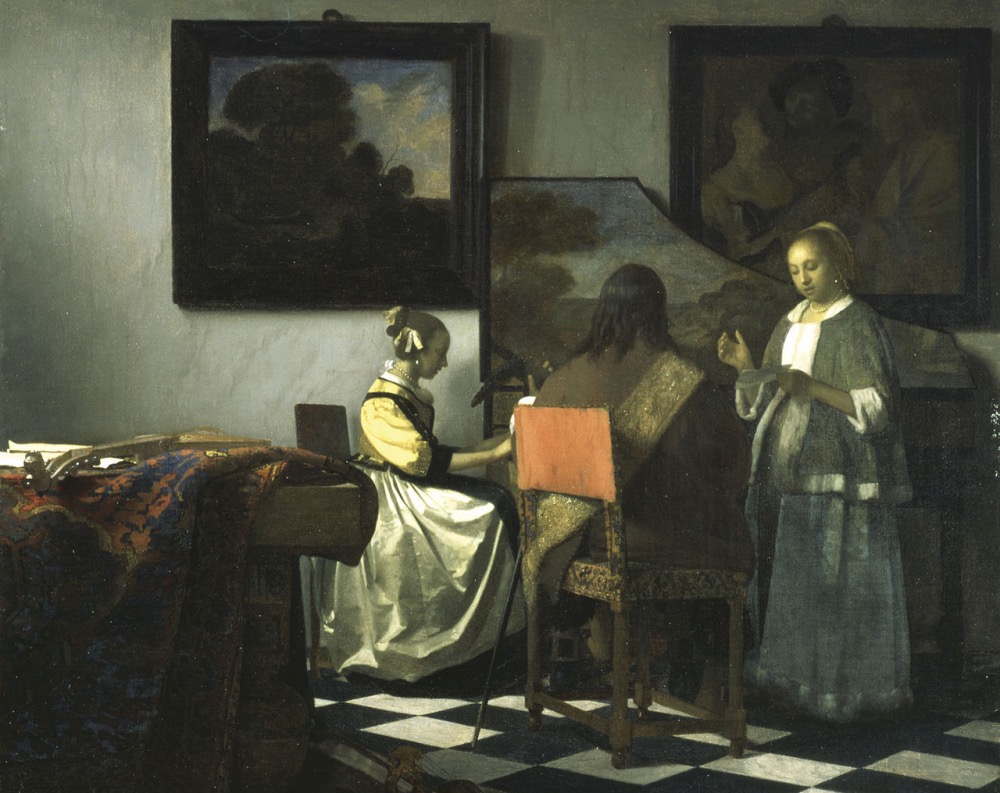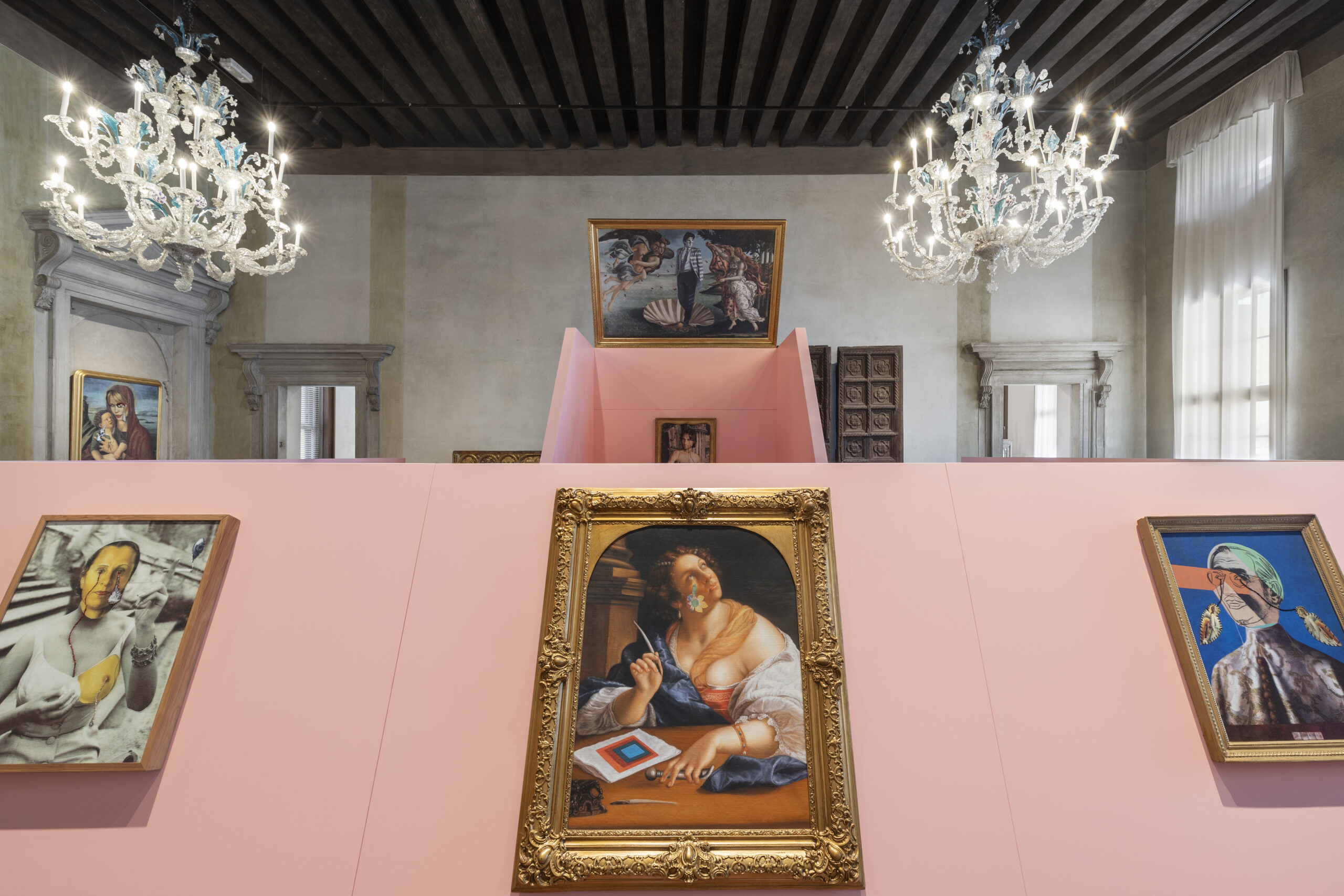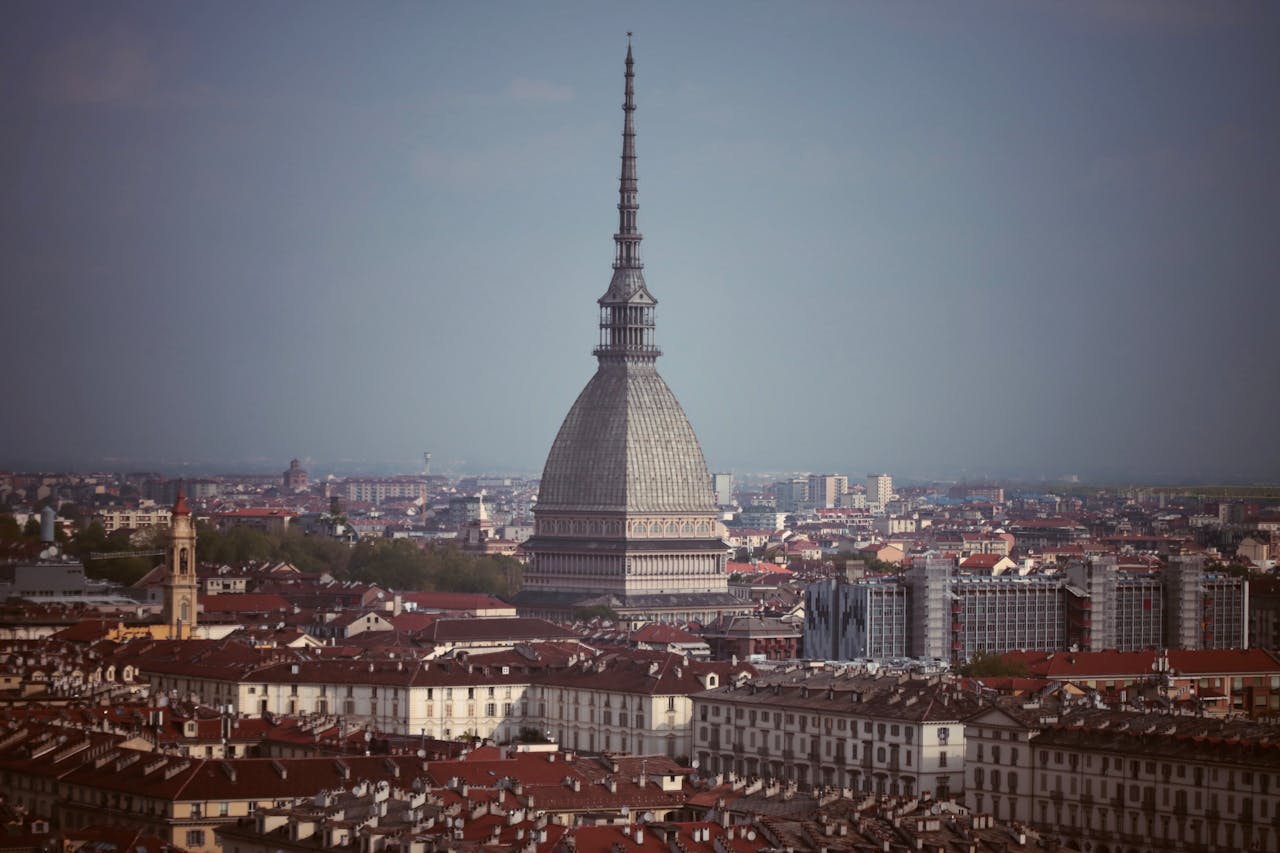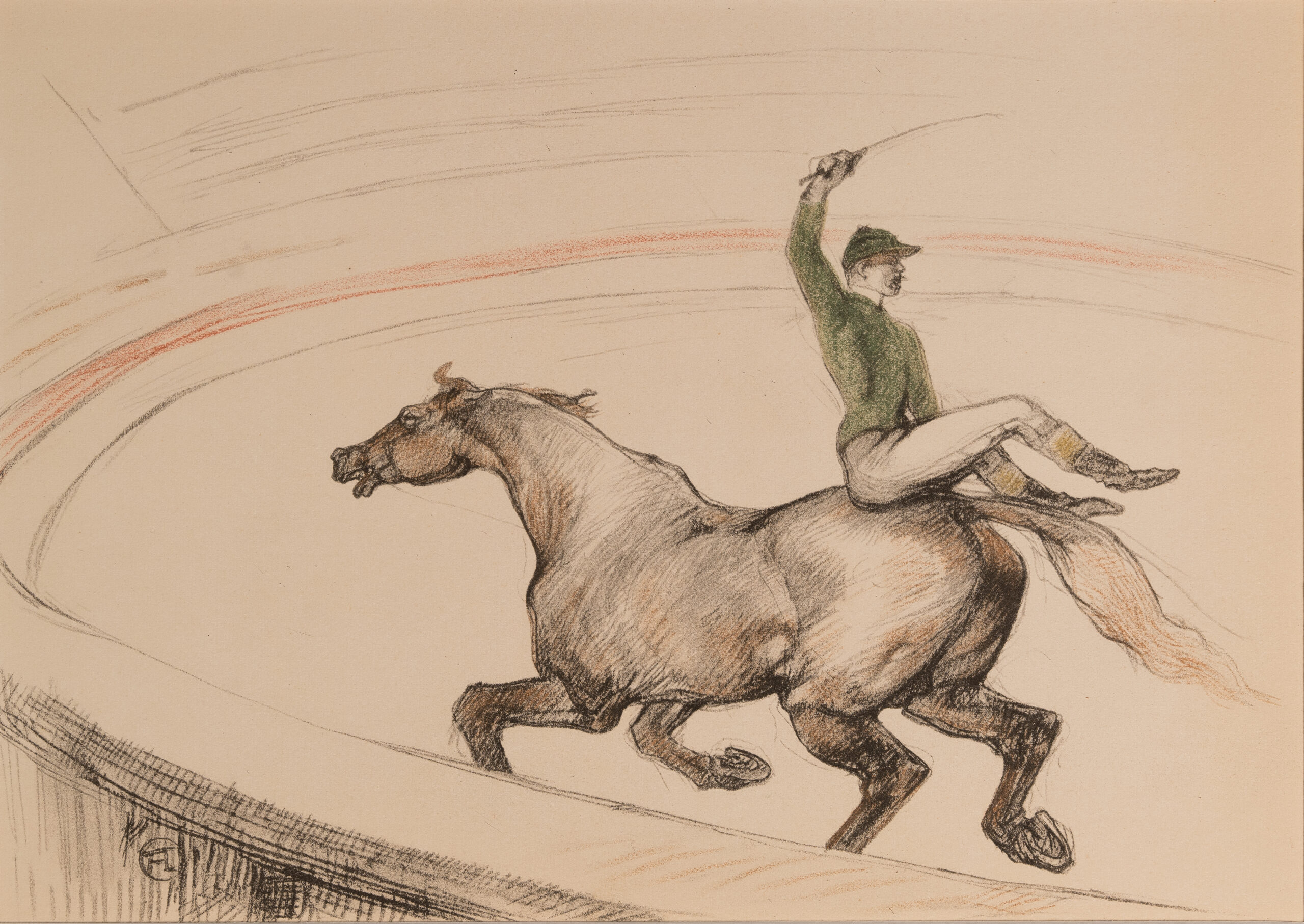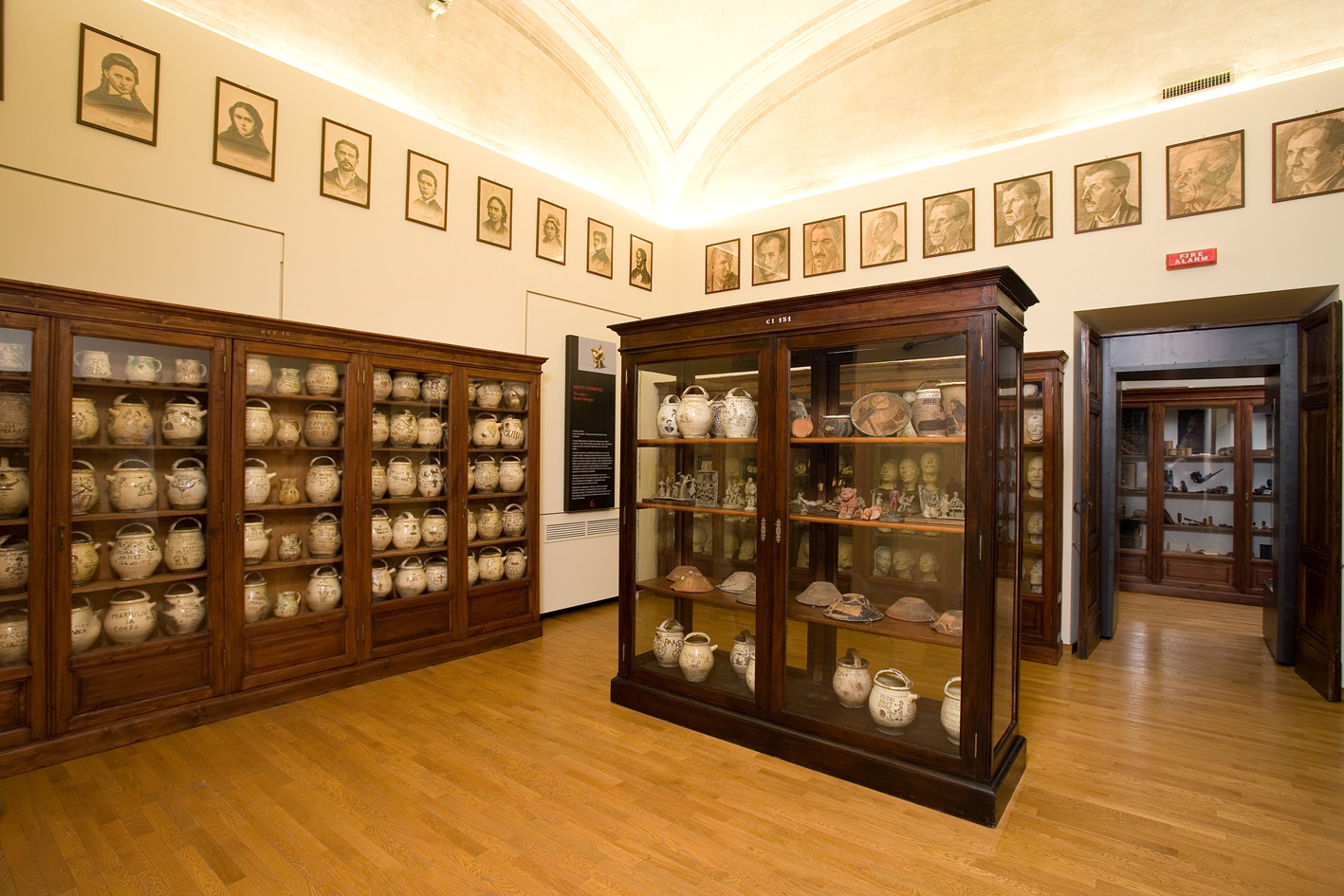
The Cesare Lombroso Museum of Criminal Anthropology was founded in the last quarter of the 19th century at the behest of the physician and anthropologist who still bears his name, best known for his theories on the link between physiognomy and criminal degeneration. Although these theories have been largely disproved scientifically, even today visiting the Museum of Crime in Turin is certainly a singular experience. After all, Turin is known for its mysterious and esoteric character. What to know about the museum?


